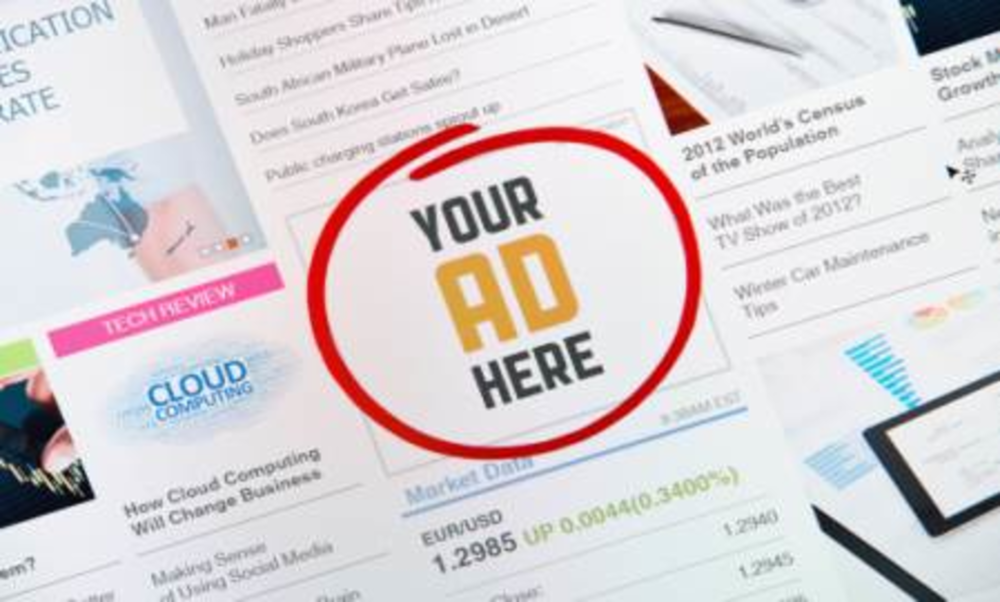With power comes responsibility they say — and that is exactly what is happening within the online ad world. As digital ads become more powerful in terms of targeting, data matching and performance tracking, the level of accountability must increase from within the online advertising industry in terms of reporting on whether that ad was actually seen.
For anyone who works in digital marketing, The New York Times article “The Great Unwatched” by David Segal on the front page of the Business Section this past weekend should have been a big wake up call: now is the time to go beyond clicks and impressions.
If your clients aren’t already calling you to ask about whether or not their ads are being seen online, then you should be reaching out to them to tell them what you are going to do about increased measurement and reporting. The Interactive Advertising Bureau has already set rather low expectations in this arena, but that doesn’t mean you can’t go above and beyond. As The New York Times reports, “The Interactive Advertising Bureau, an association and sort of nongovernmental referee in this area, has announced that starting at the end of June, a video ad will be considered a viewable impression if 50 percent of the player containing it can be seen for at least two seconds.”
Two seconds? Really? This doesn’t give buyers or publishers much accountability and certainly makes it hard to justify the amount of work and money that goes into creation of 15 and 30 second web spots. The digital industry is never going to get the chance to make web-only video content instead of recycling TV ads if we can’t prove that it is being watch, consumed, muted or truly viewed.
Display and video ads occupy a different, more passive space than direct response marketing and thus it is important that we understand how the frequency of messaging and the placement of that message impacts the overall campaign. Also, when it comes to placement, is entirely possible that an ad at the bottom or middle of a page is more valuable than the top of the page unit given how successful the likes of Outbrain, Taboola, and Versa are in terms of driving traffic to third party sites by placing content at the bottom of an article. The idea that someone who reads an entire news article is much more engaged than someone who just stops by to glance at a headline makes a lot of sense — particularly if you’ve ever had to deal with reader comments like I have.
Moving forward, it is up to all of us in the digital marketing and online communications industry to dig a little deeper in terms of metrics in order to get the KPI’s to prove that our growing slice of the overall media budget is worthwhile. And yes, we know that digital is the only medium where you can actually track whether an ad was seen — TV, radio, print do not have that luxury — but just because an impression registered or a click happened can’t be the only way we determine success or failure any longer. The proliferation of content on the web and thus, ad space on the web, means that premium targeted placements are more important than ever before as well as the analytics behind targeted ads on networks and social media platforms.
For many years, the digital ad industry has been just too young to be able to dig into these accountability metrics, but when your industry shows up on the front page of The New York Times Business Section, you know that it is time to grow up.







